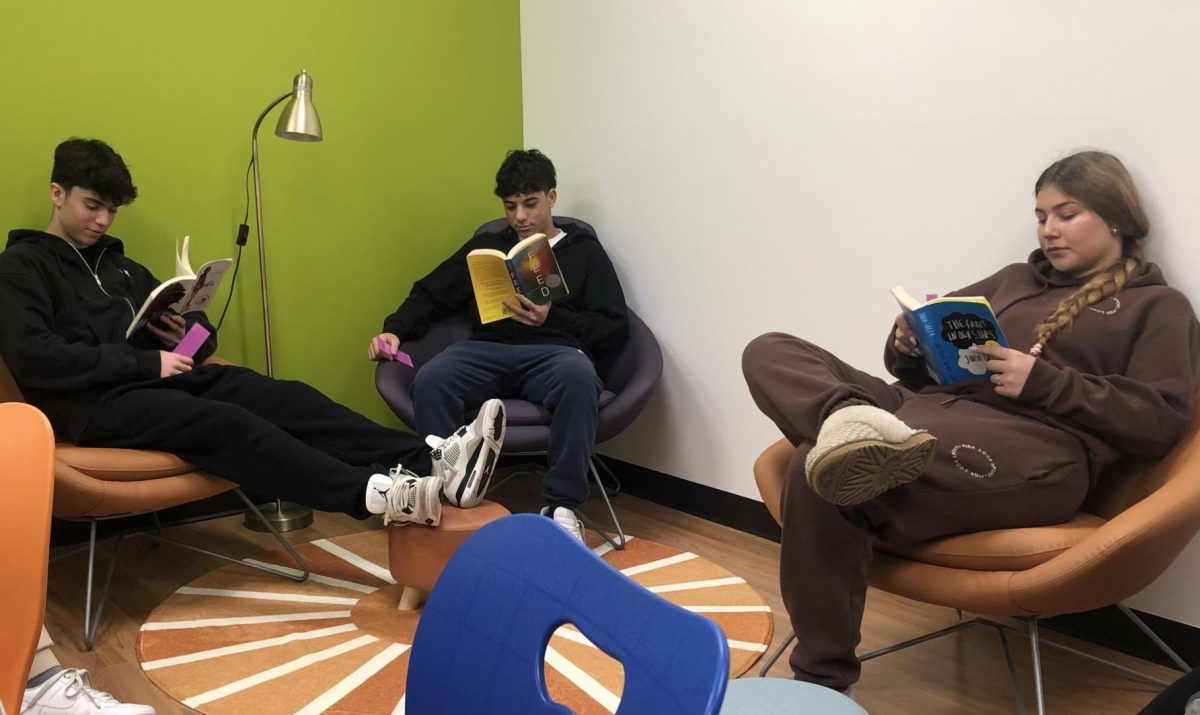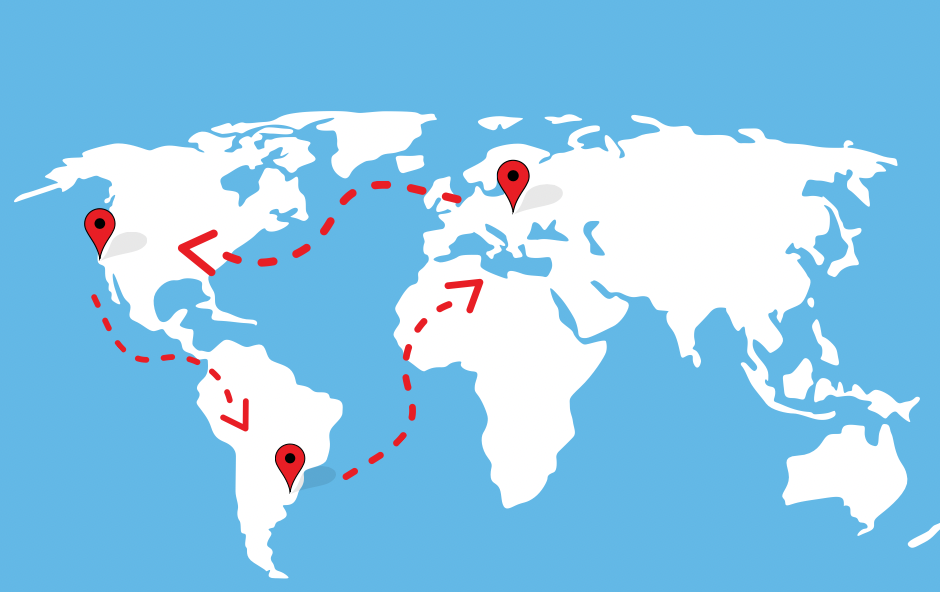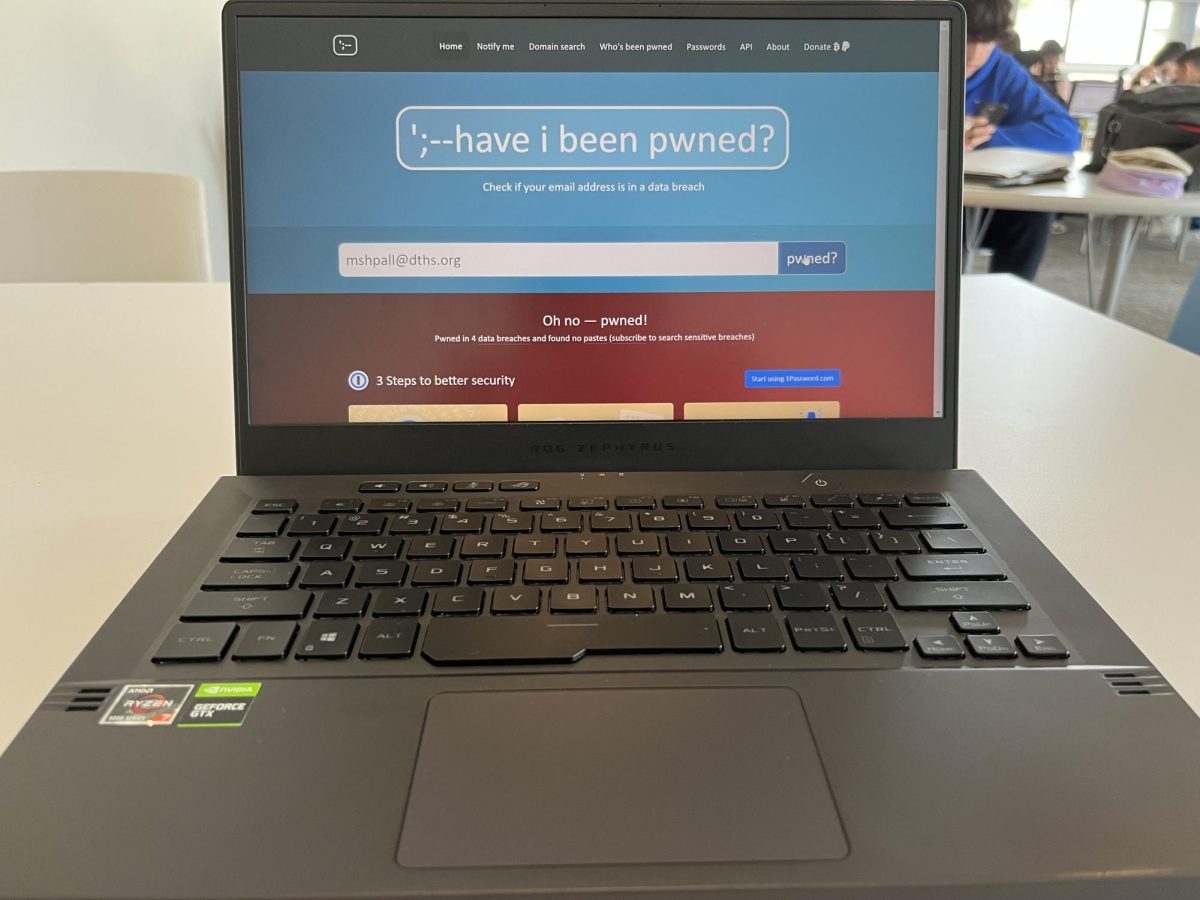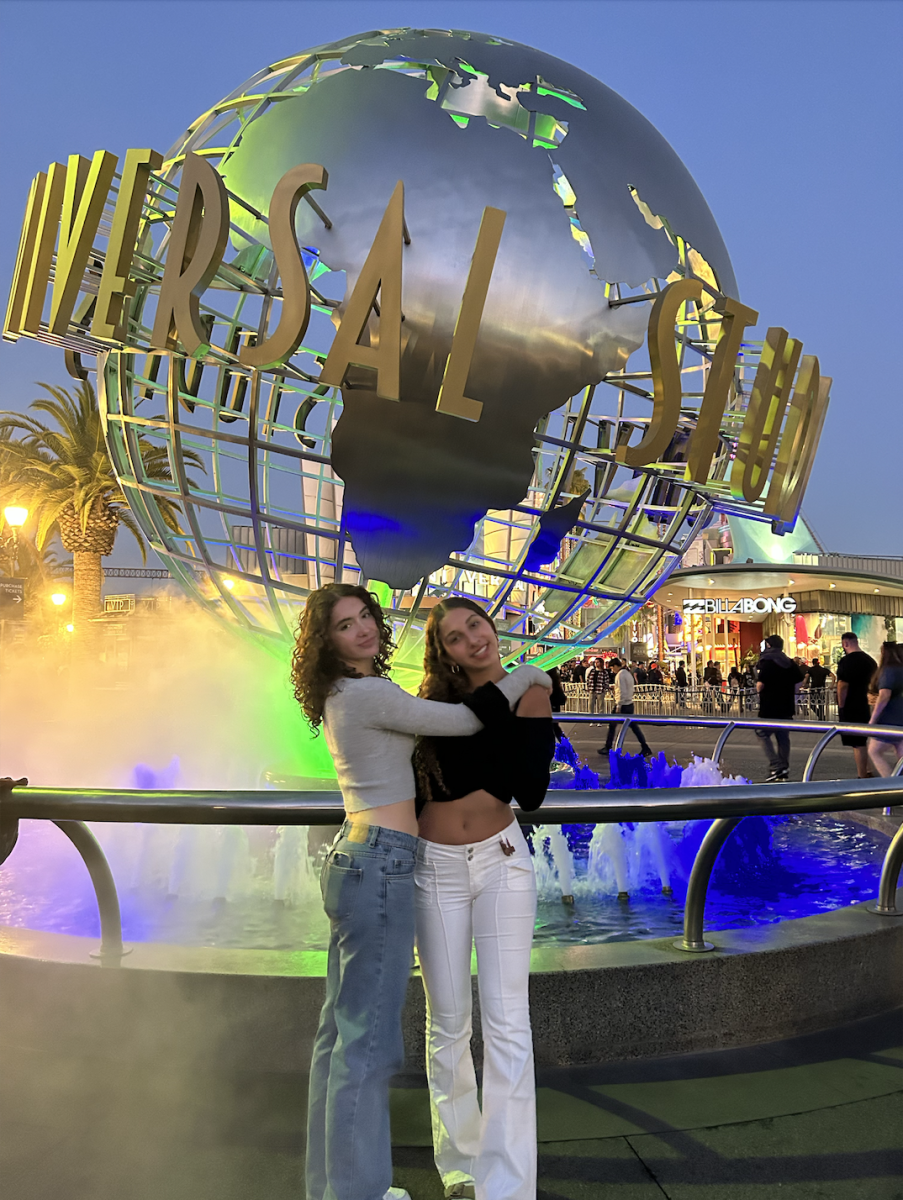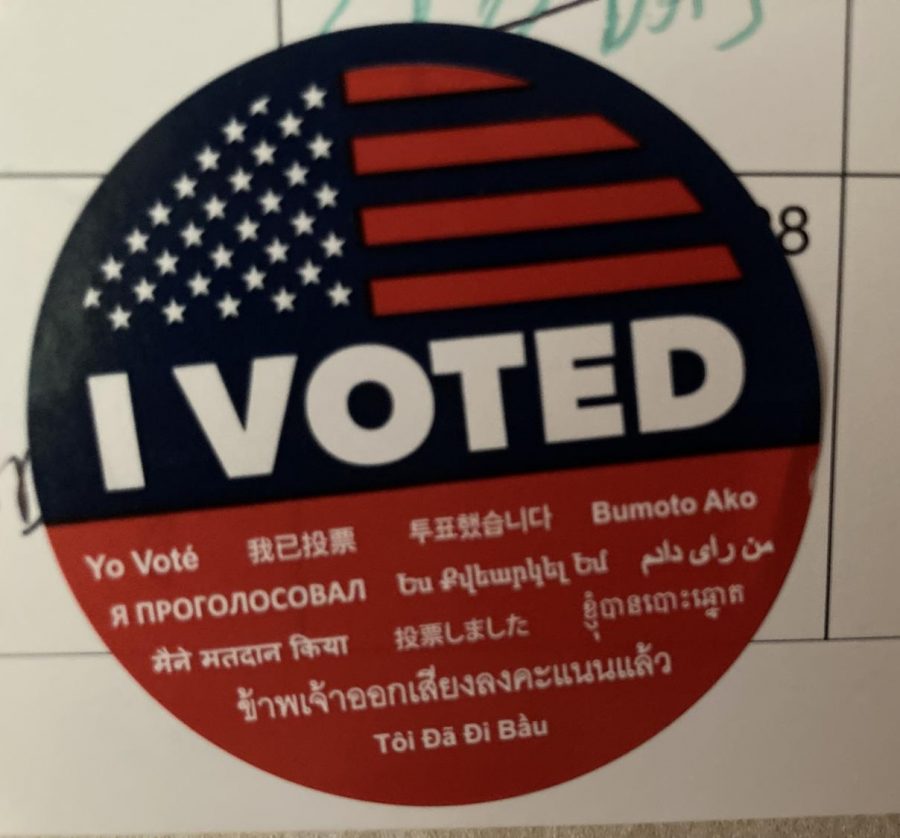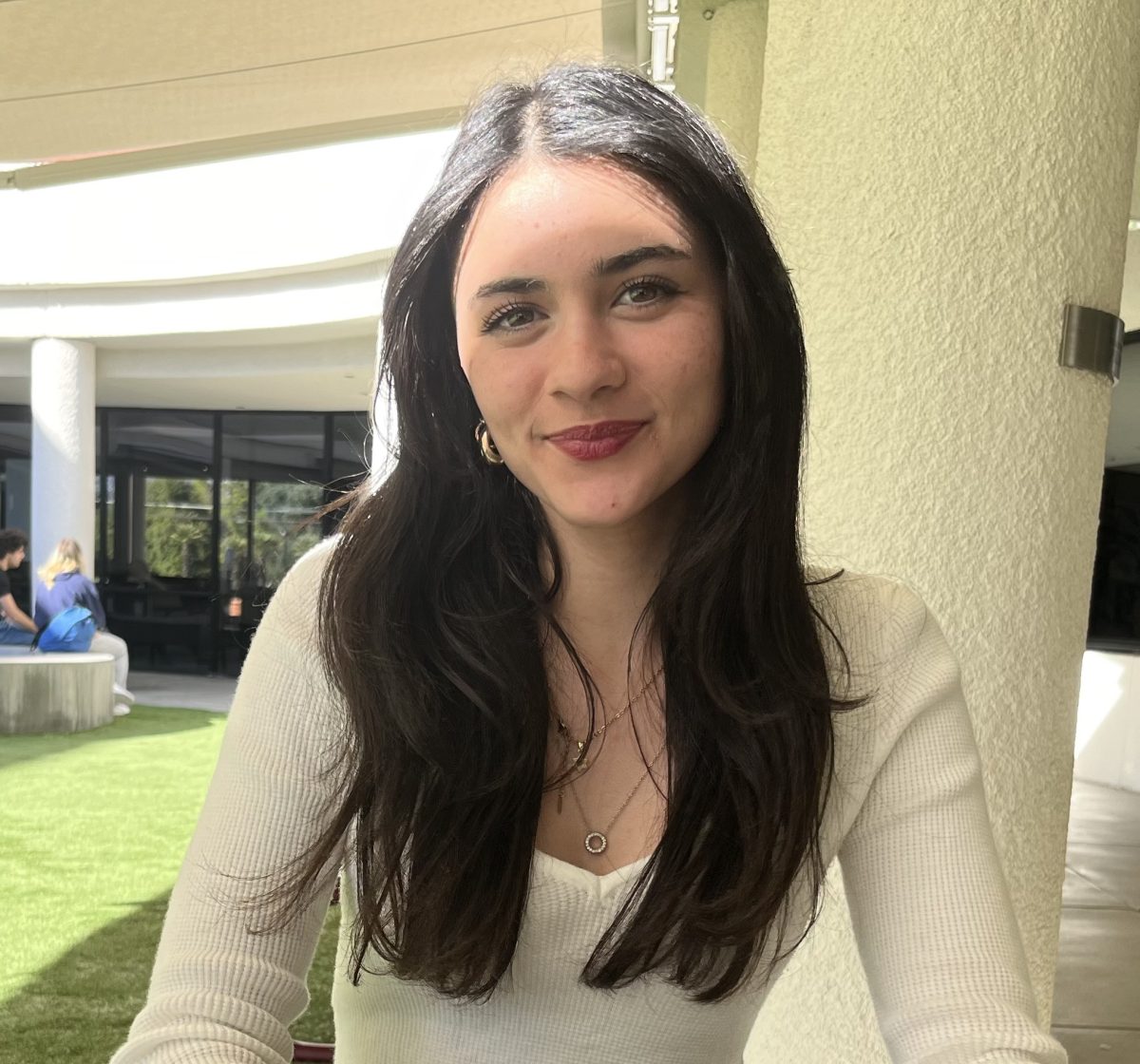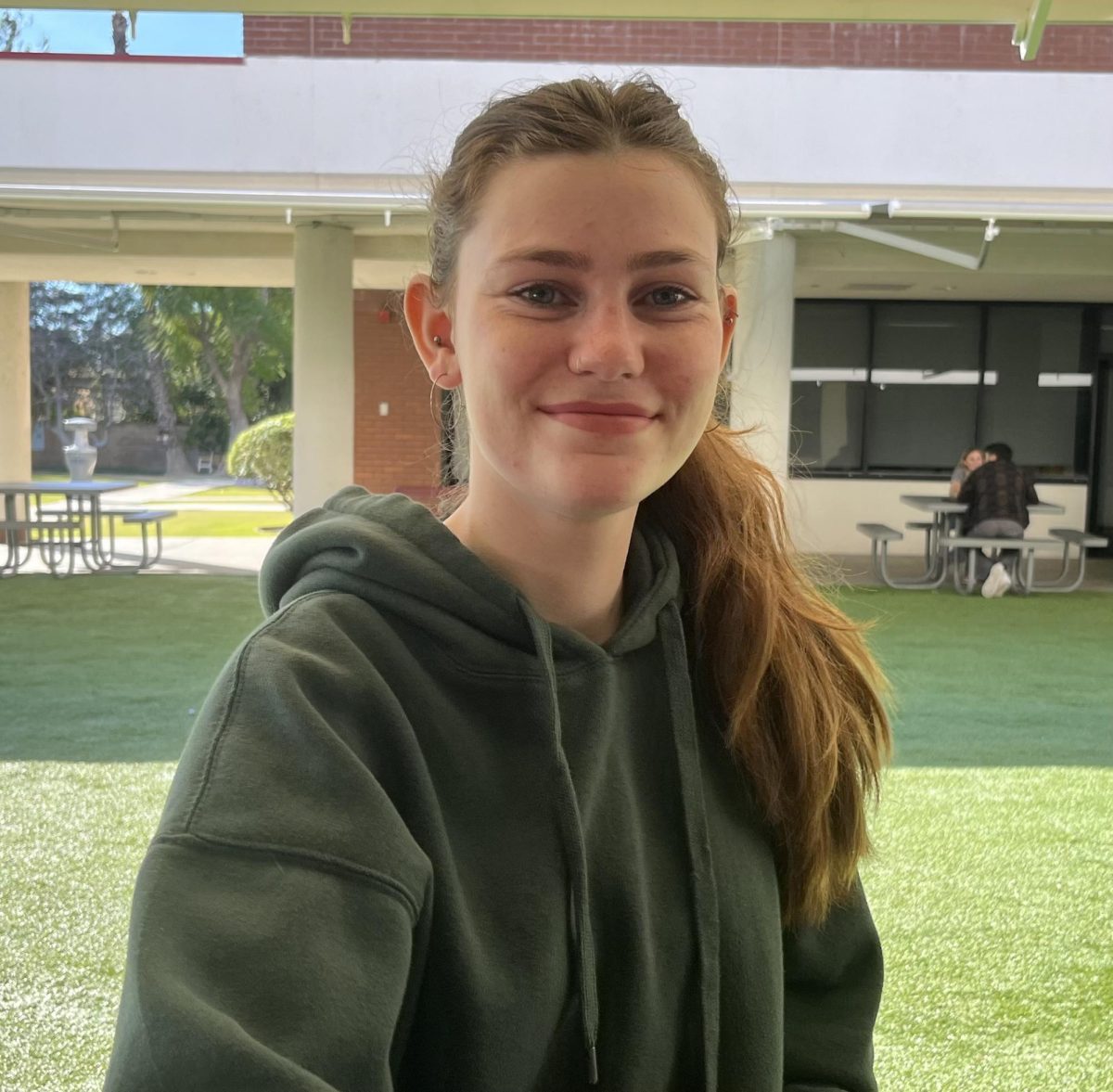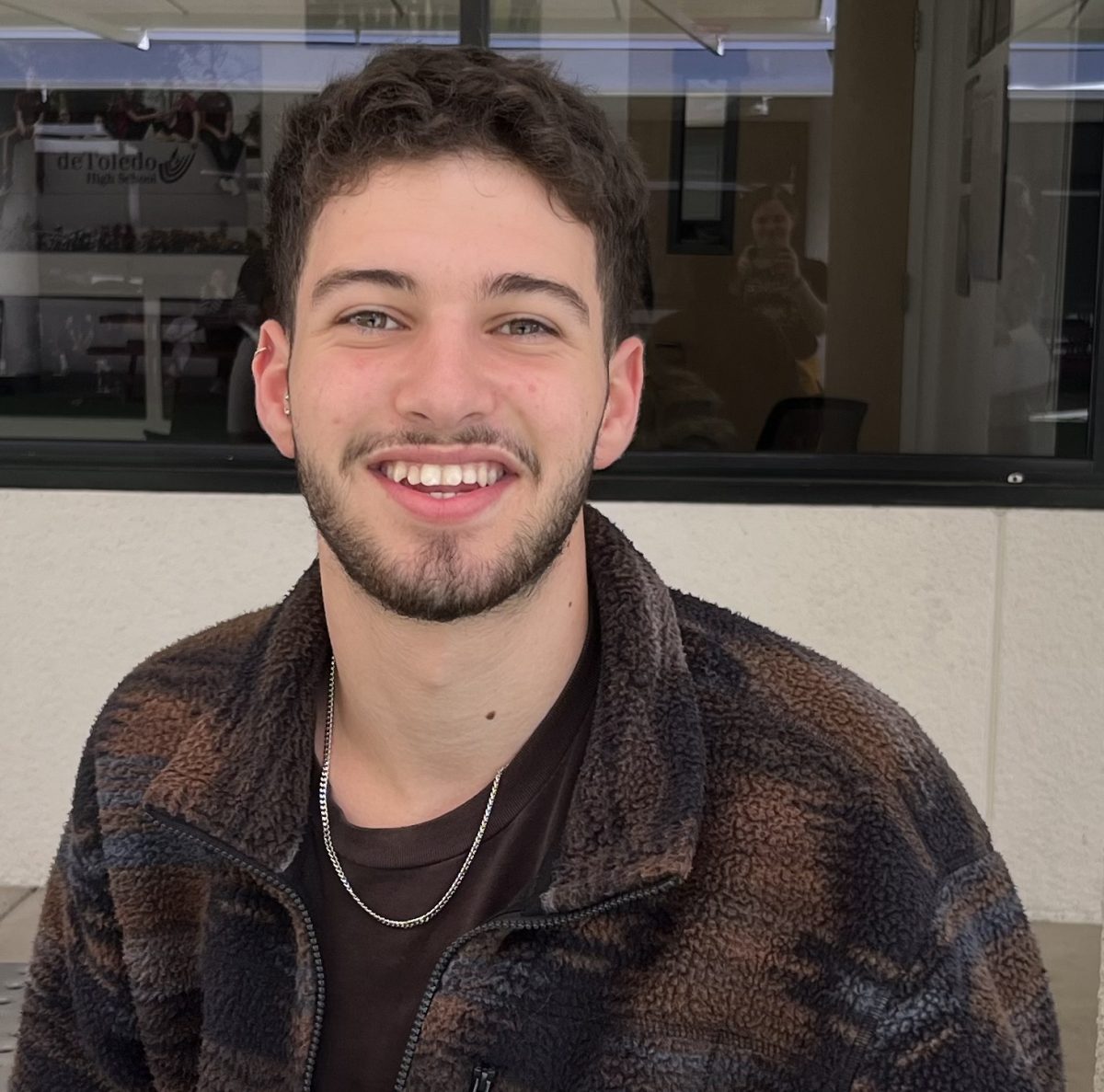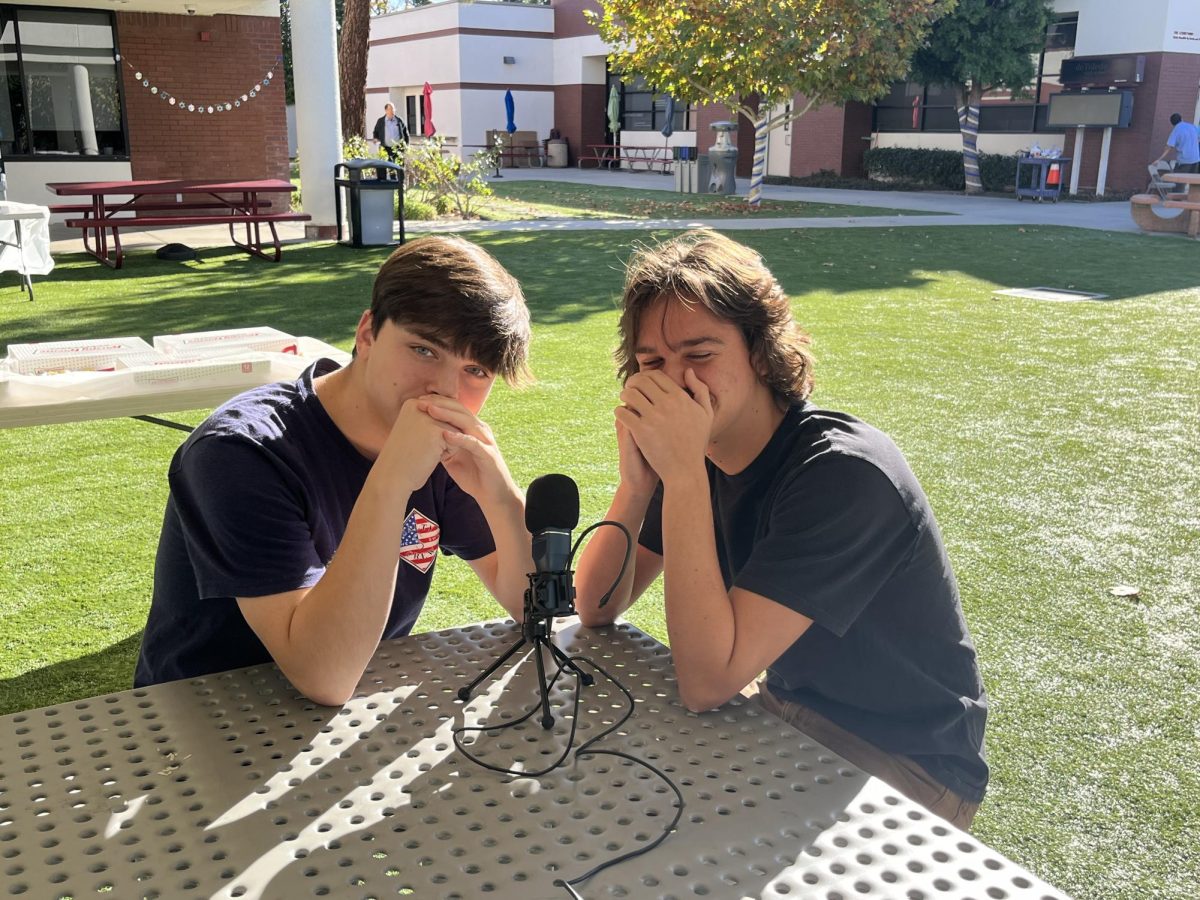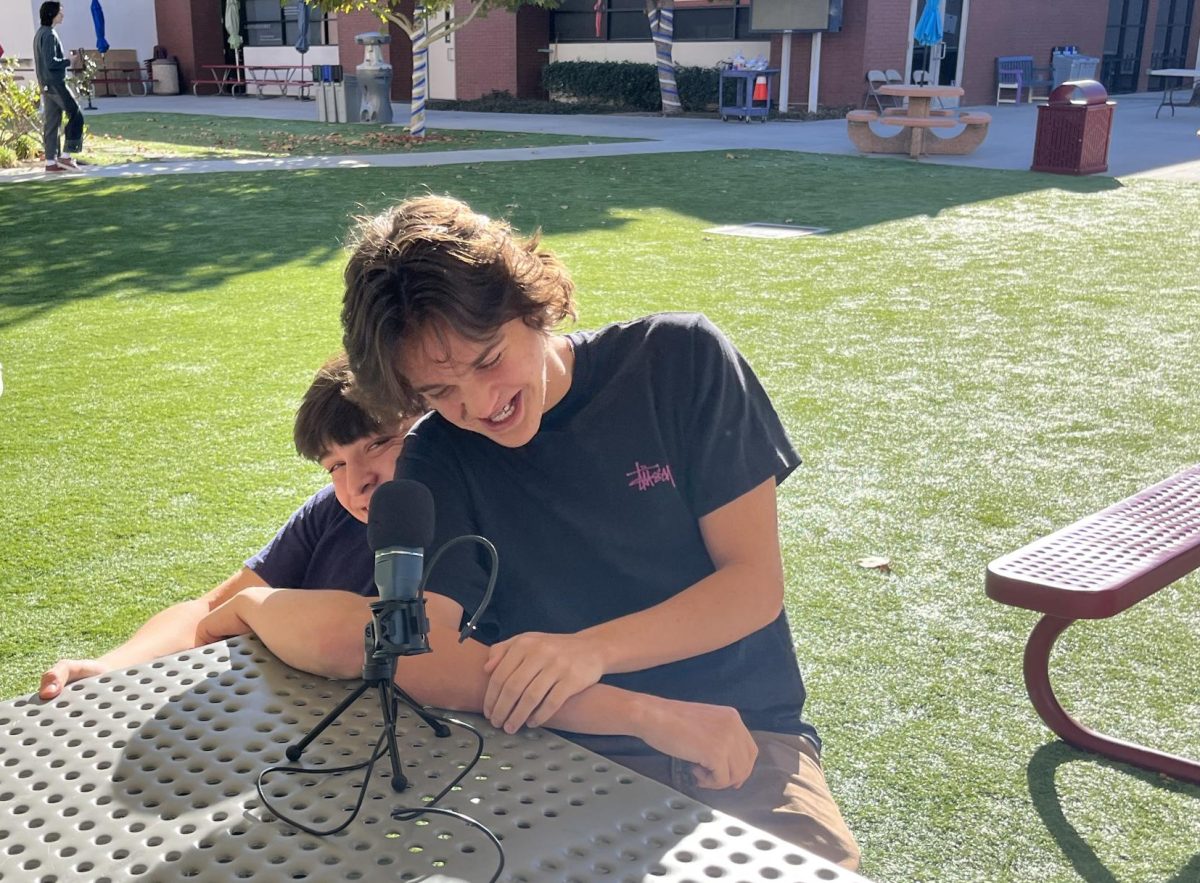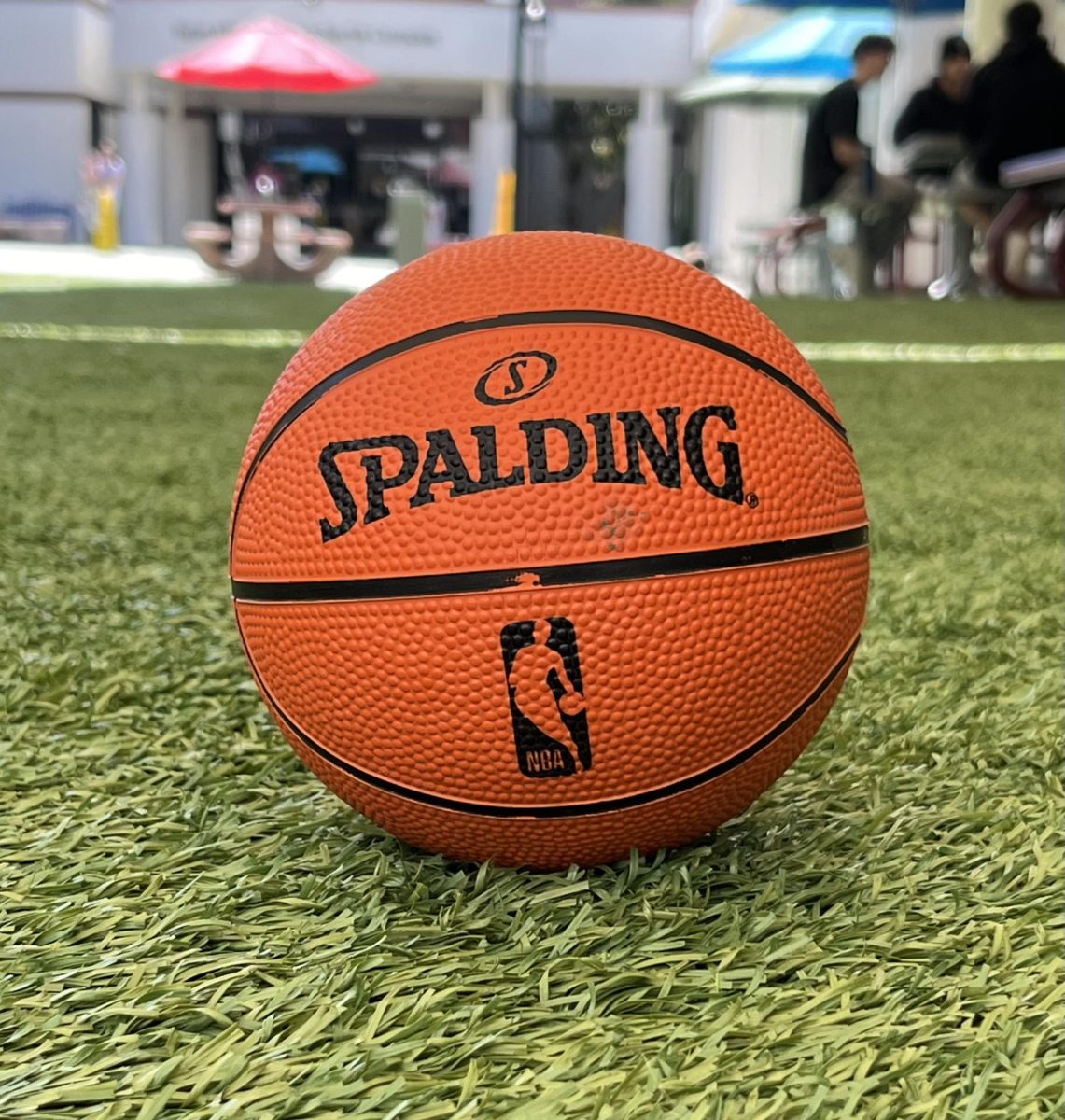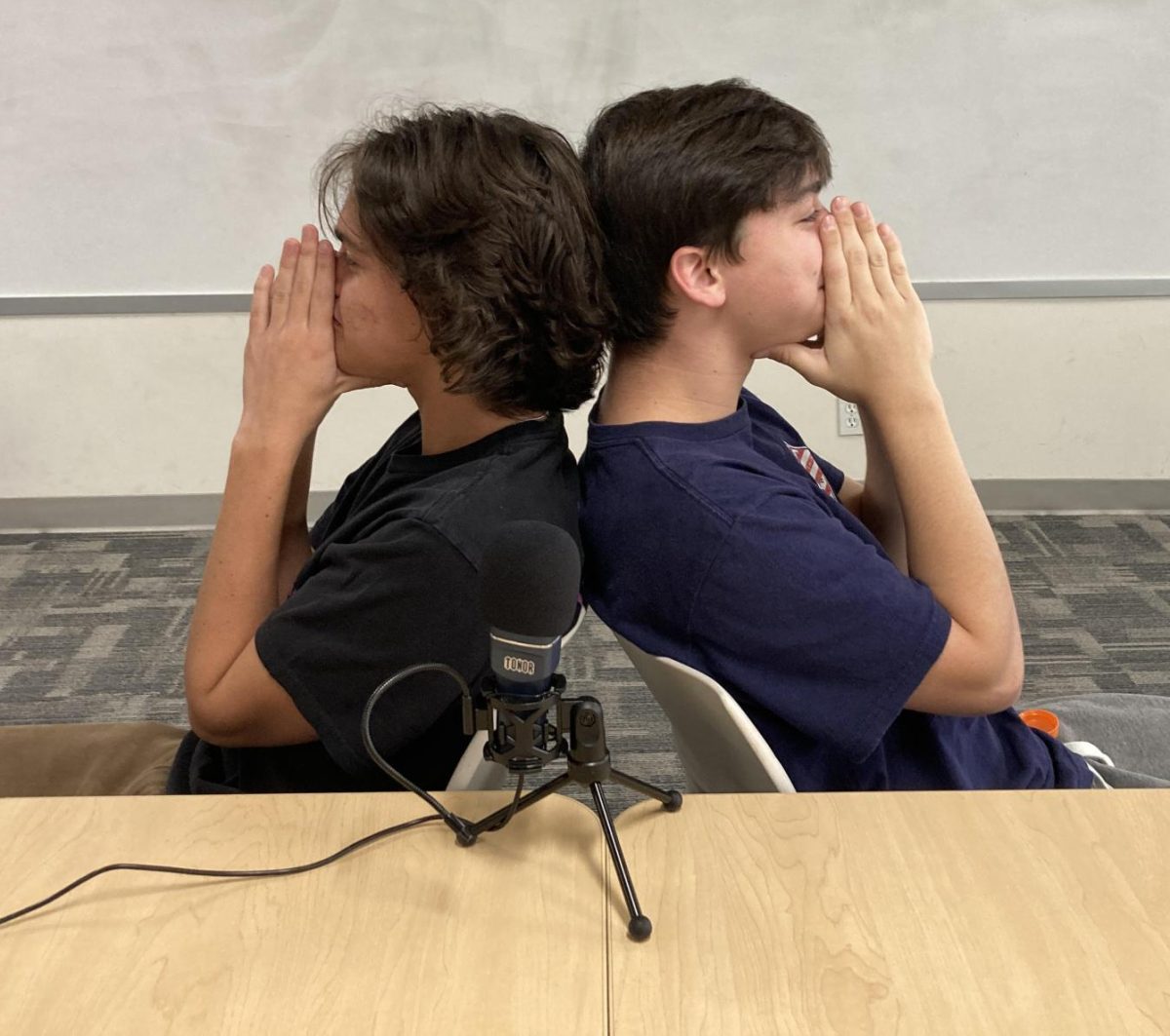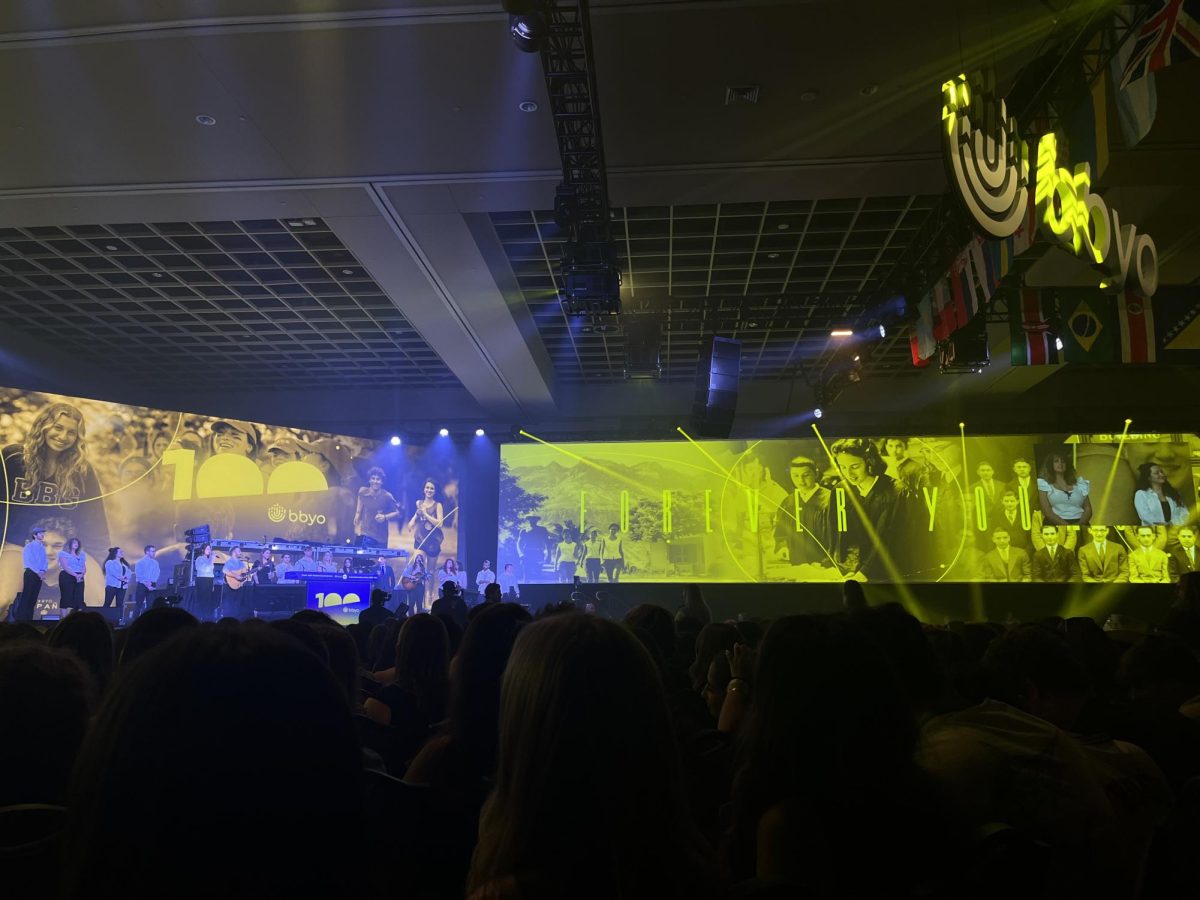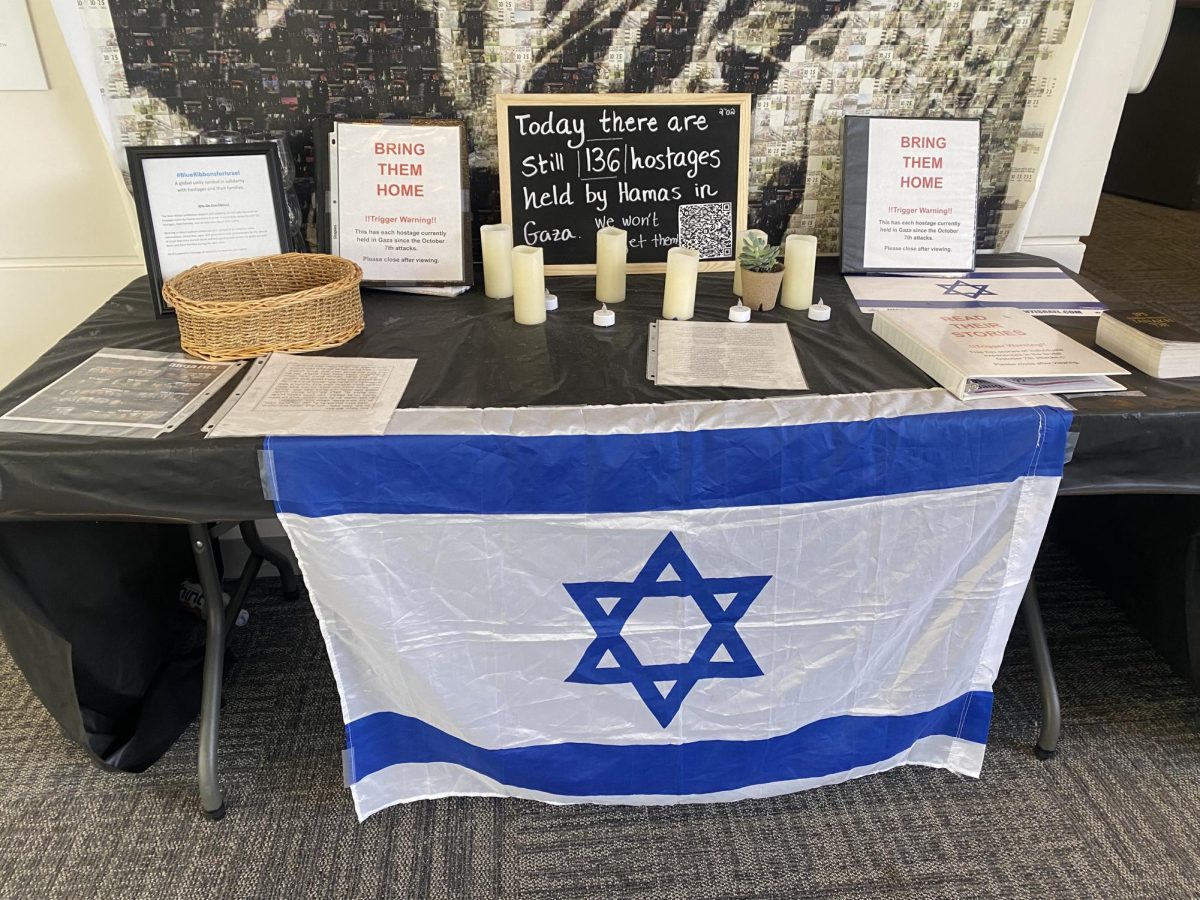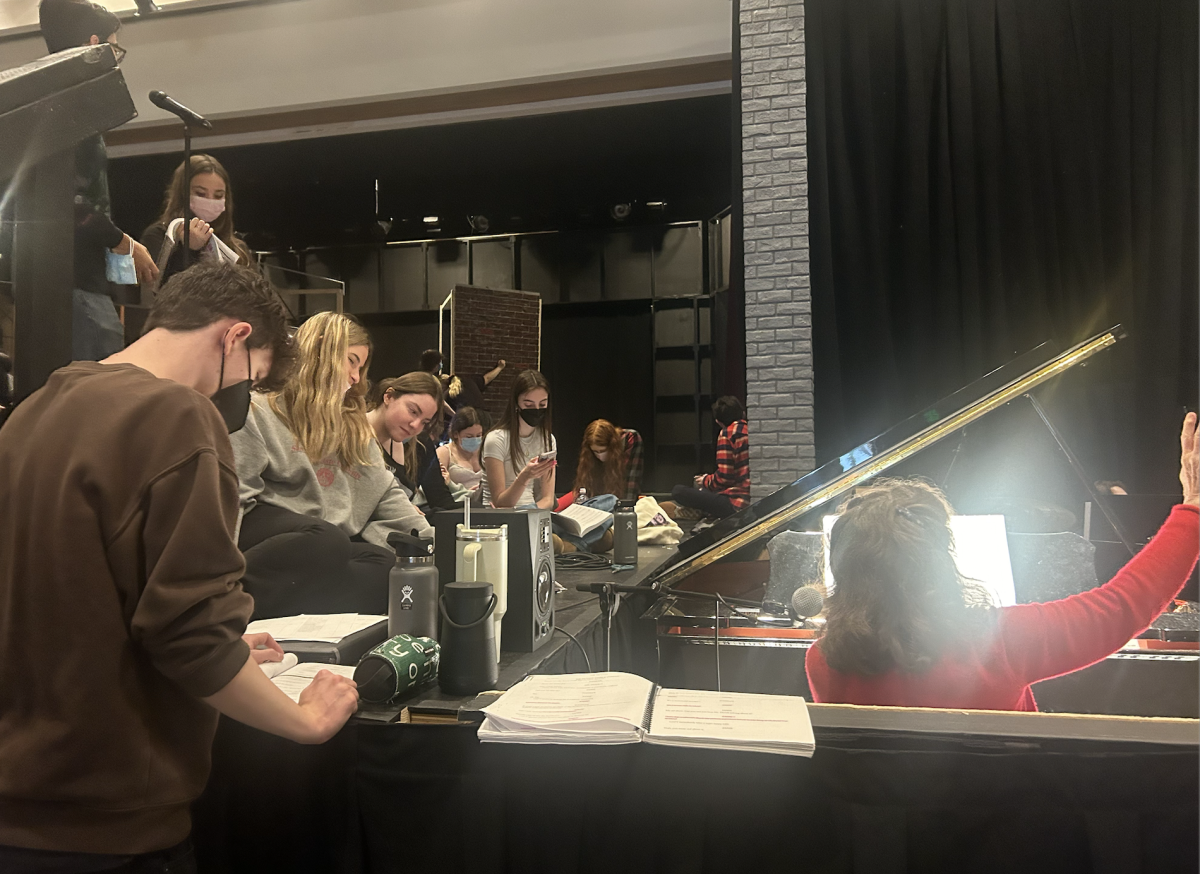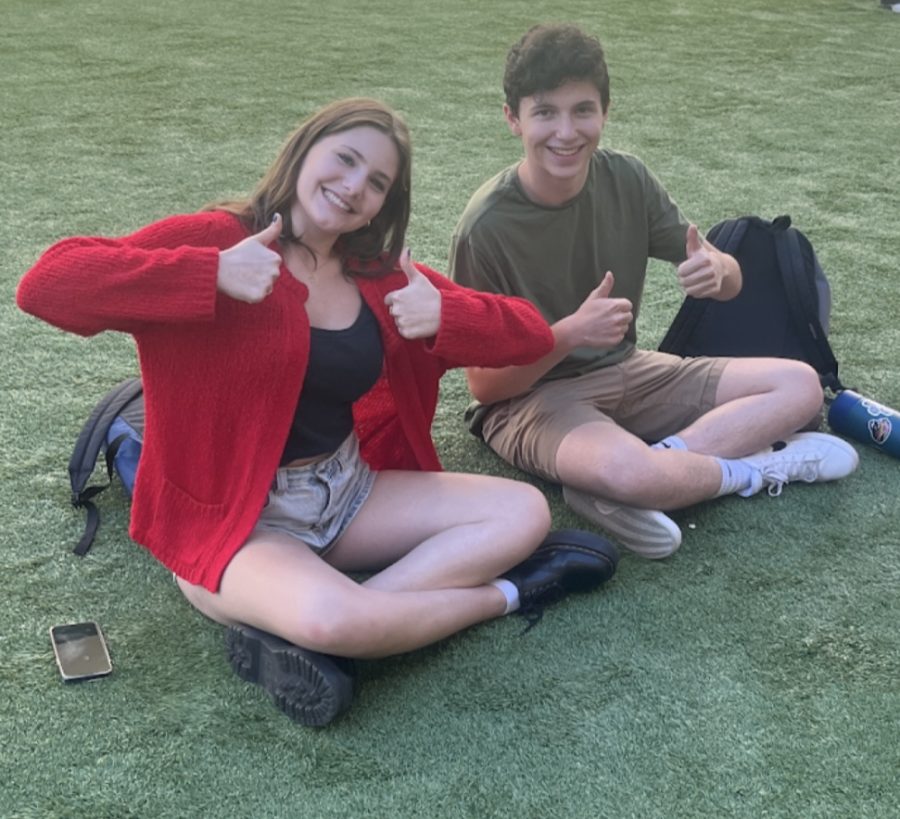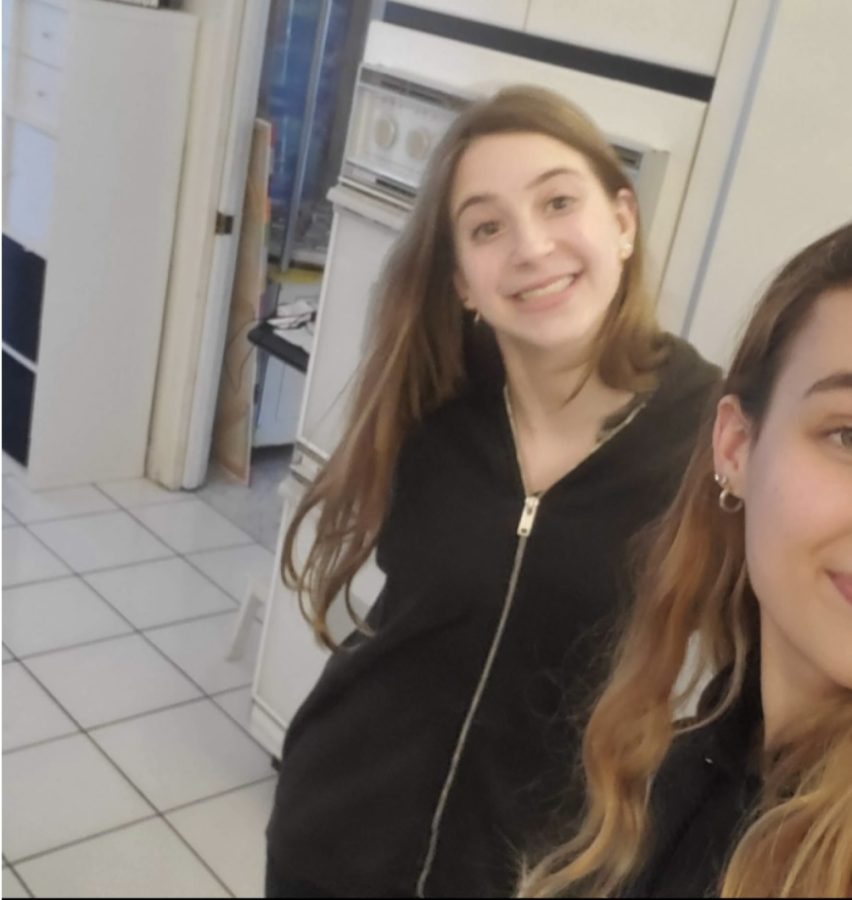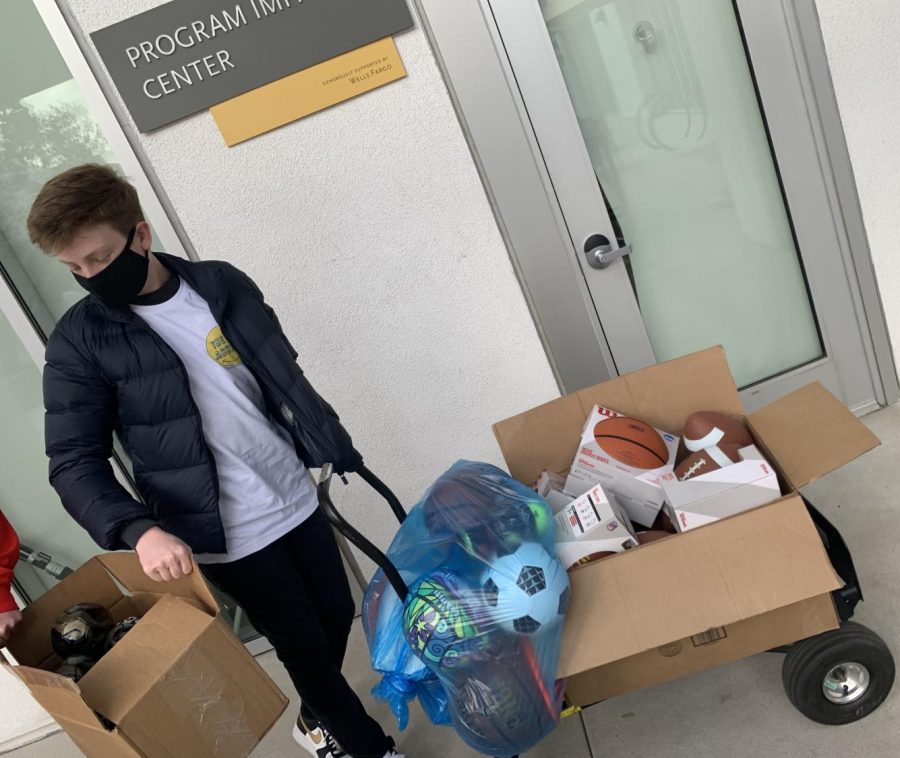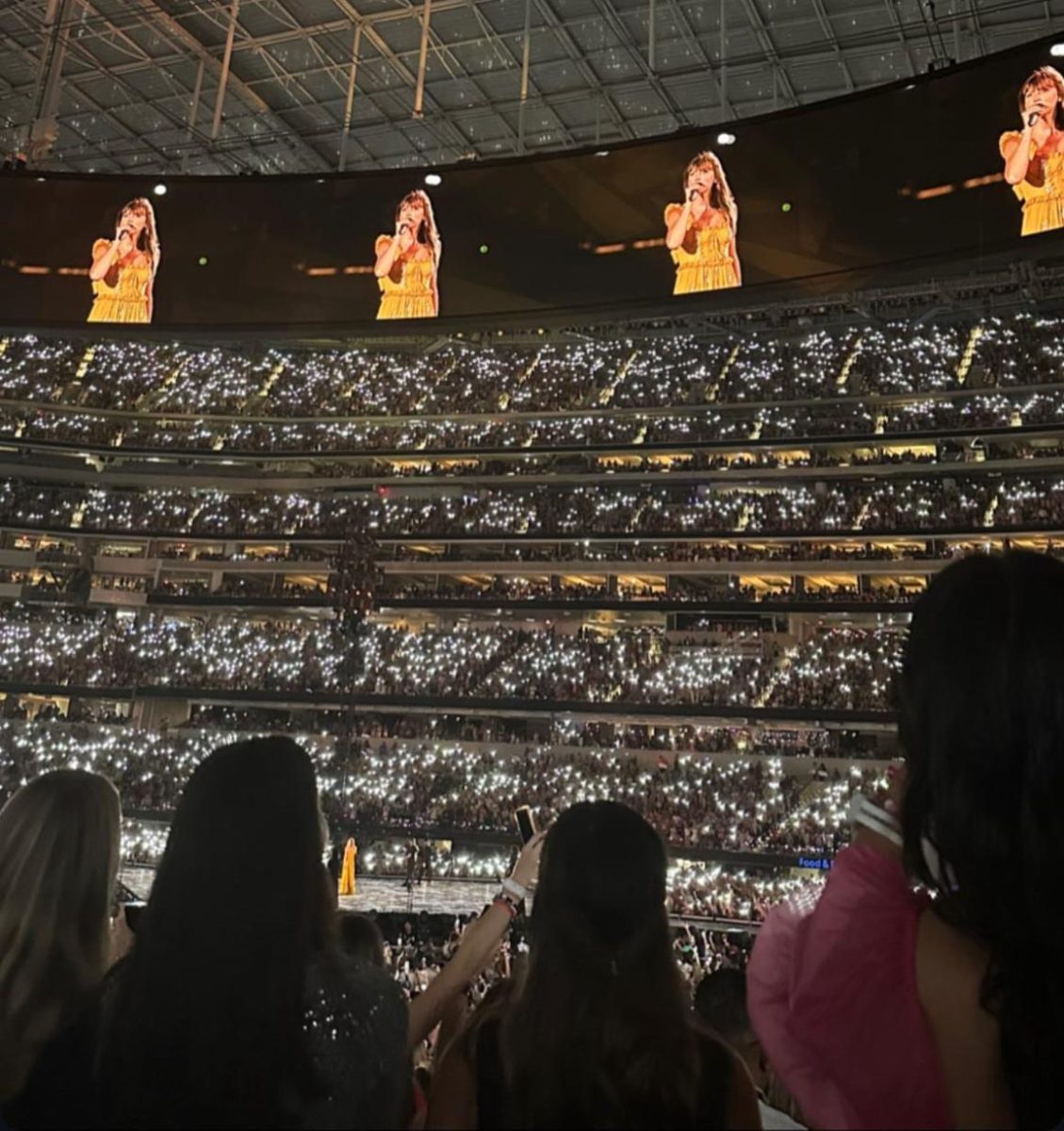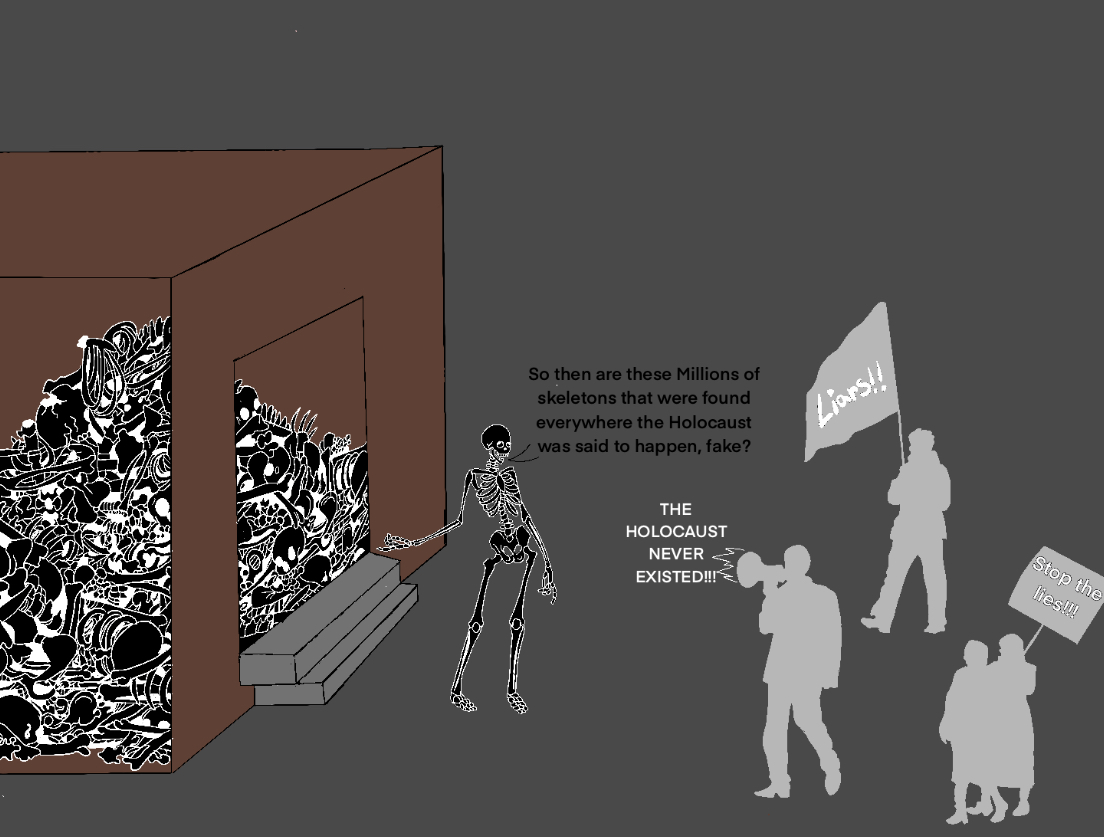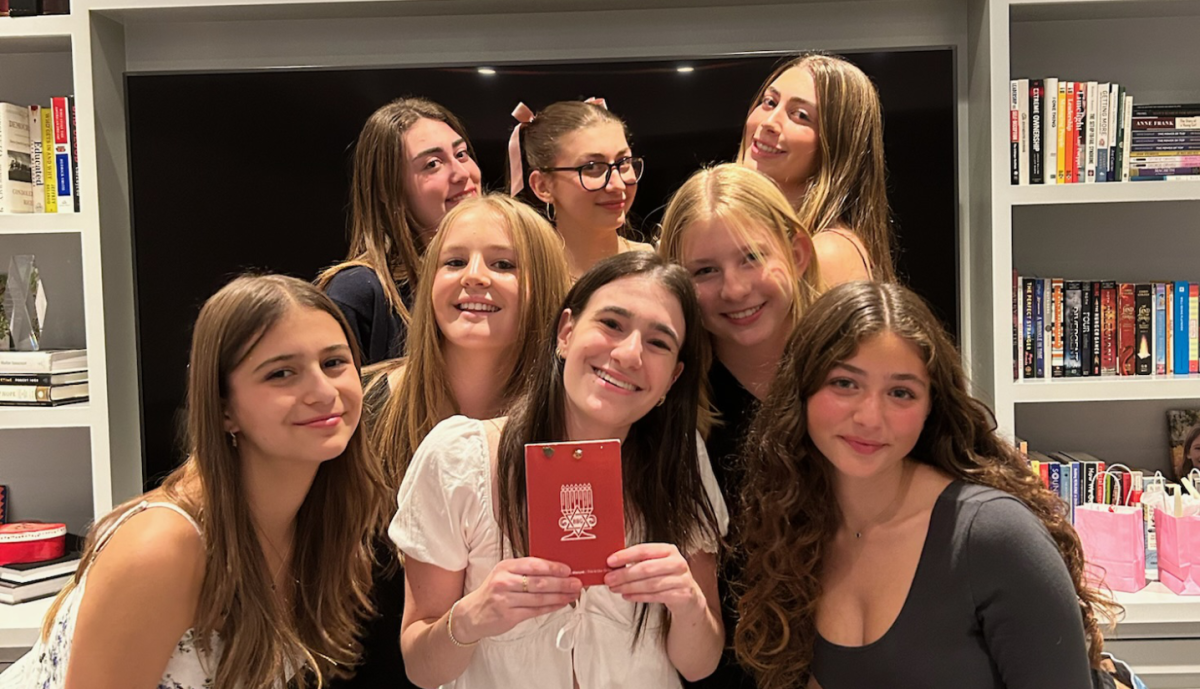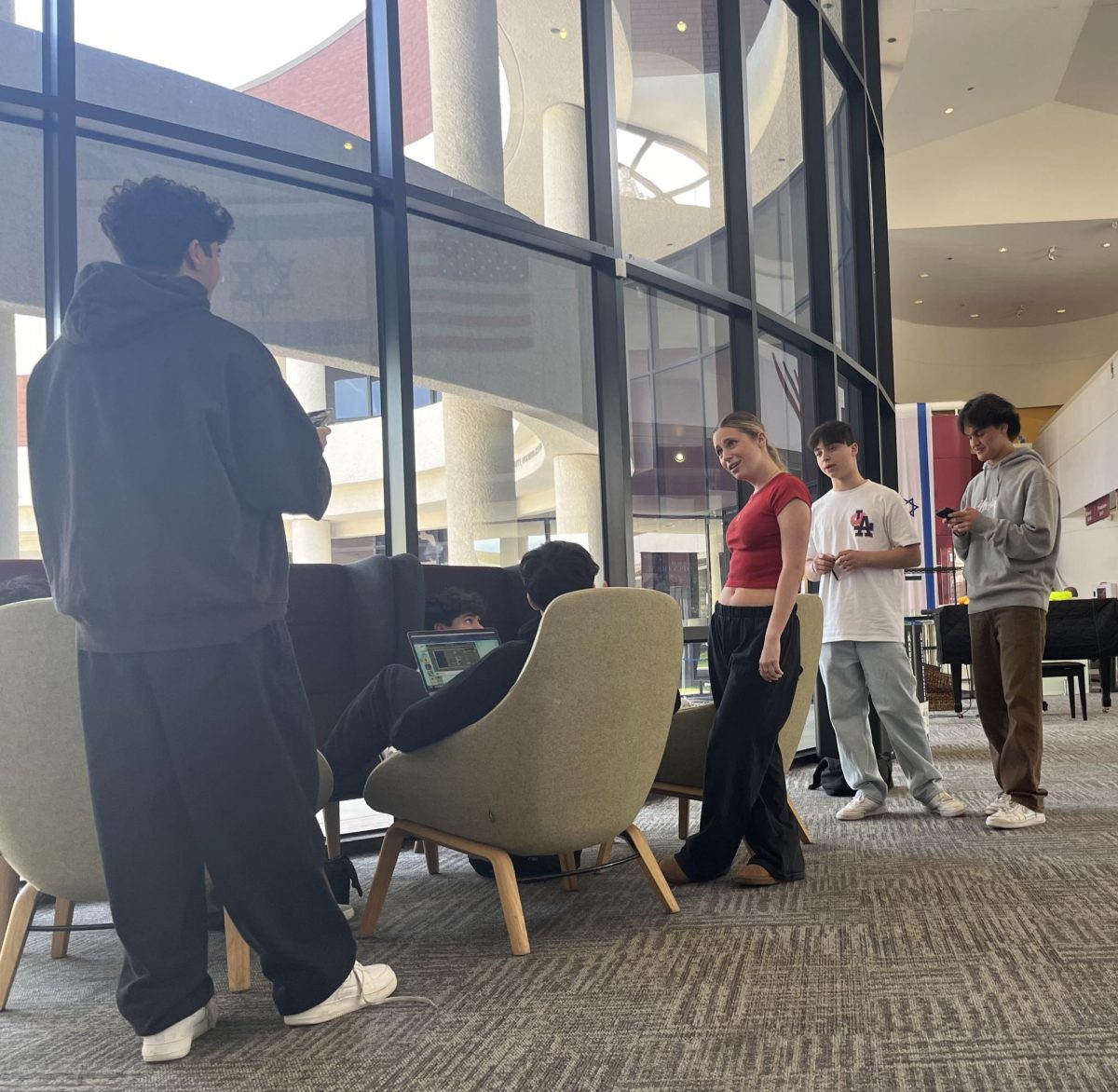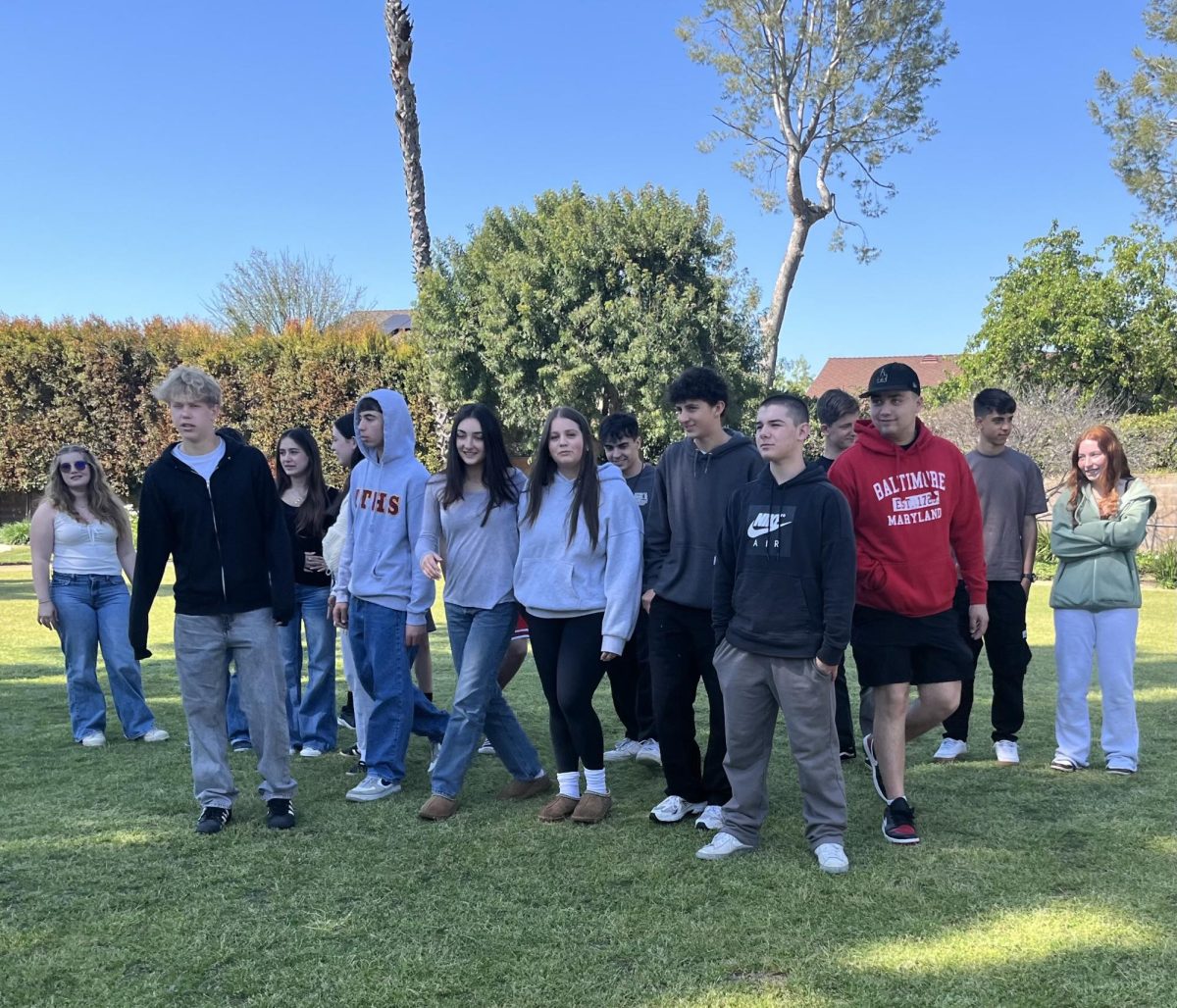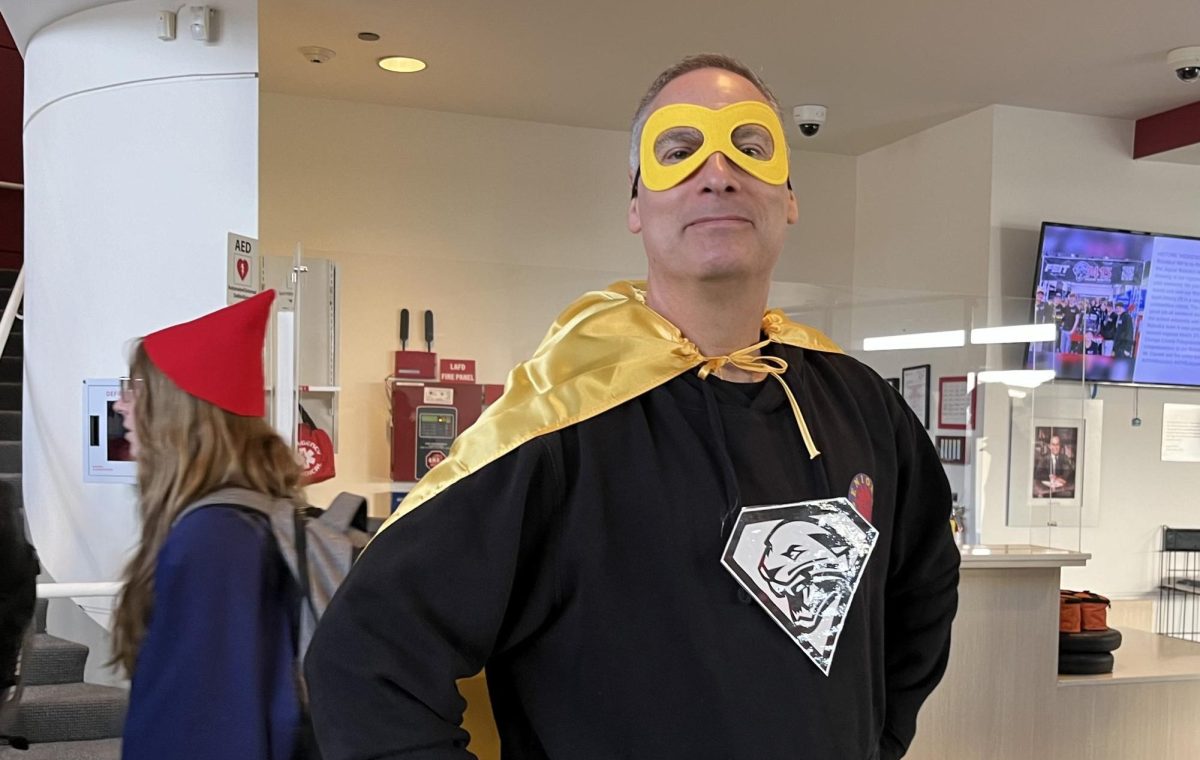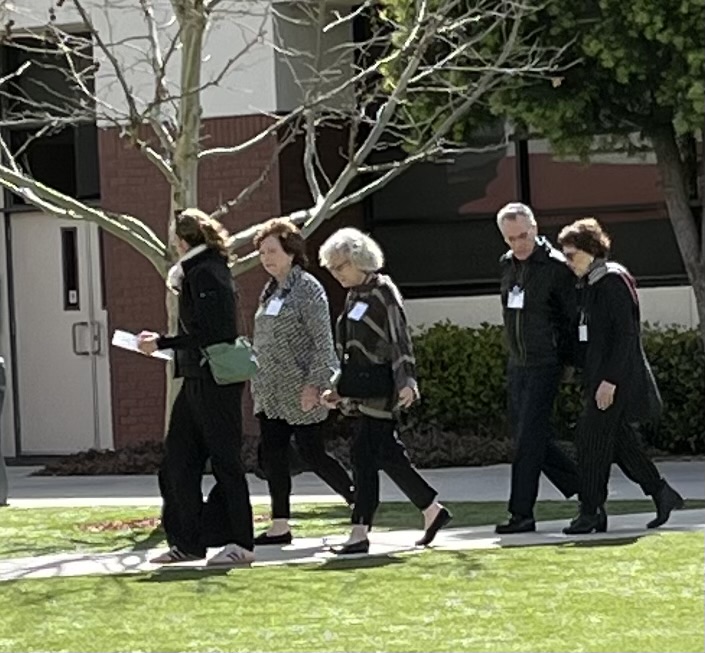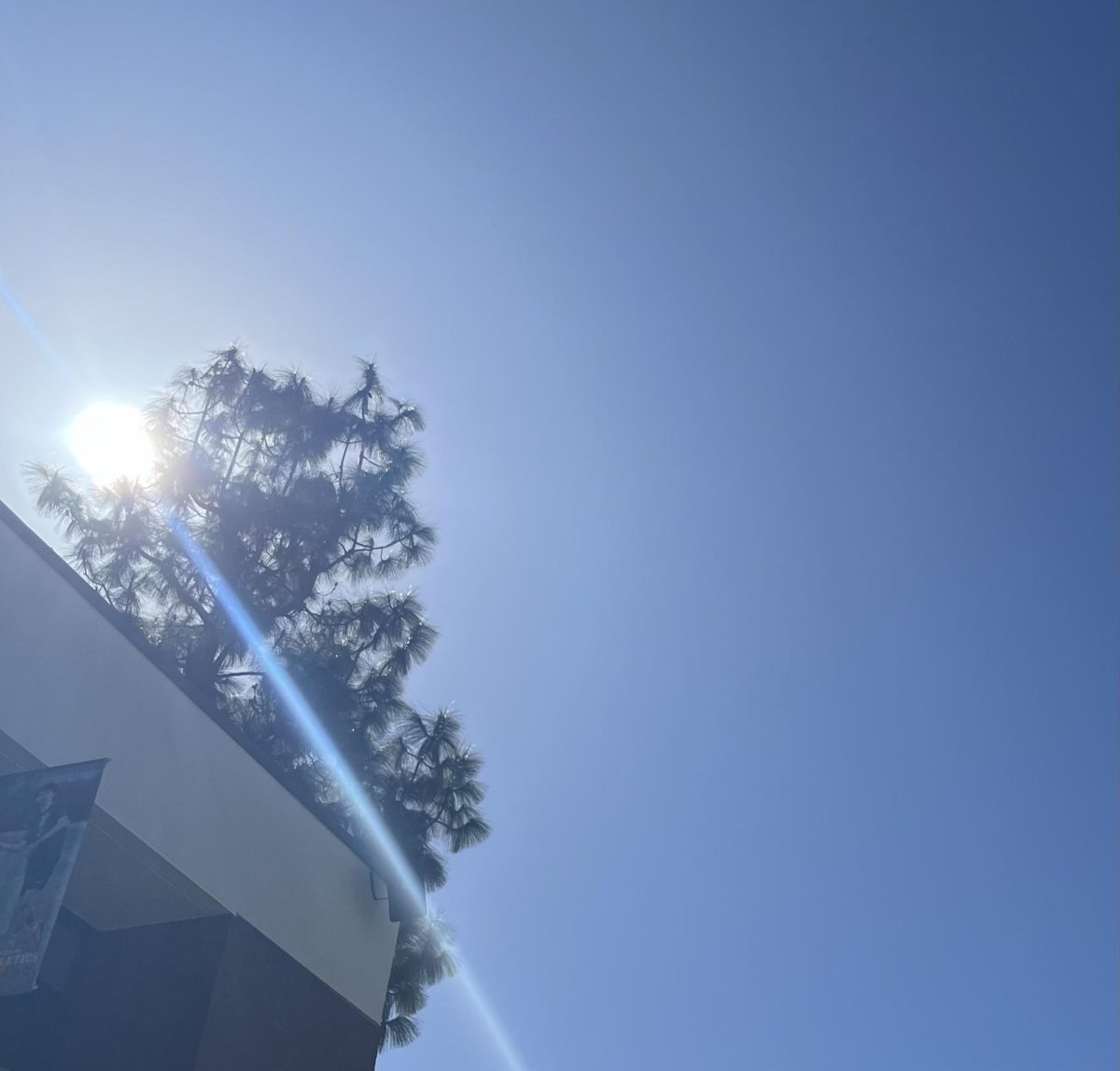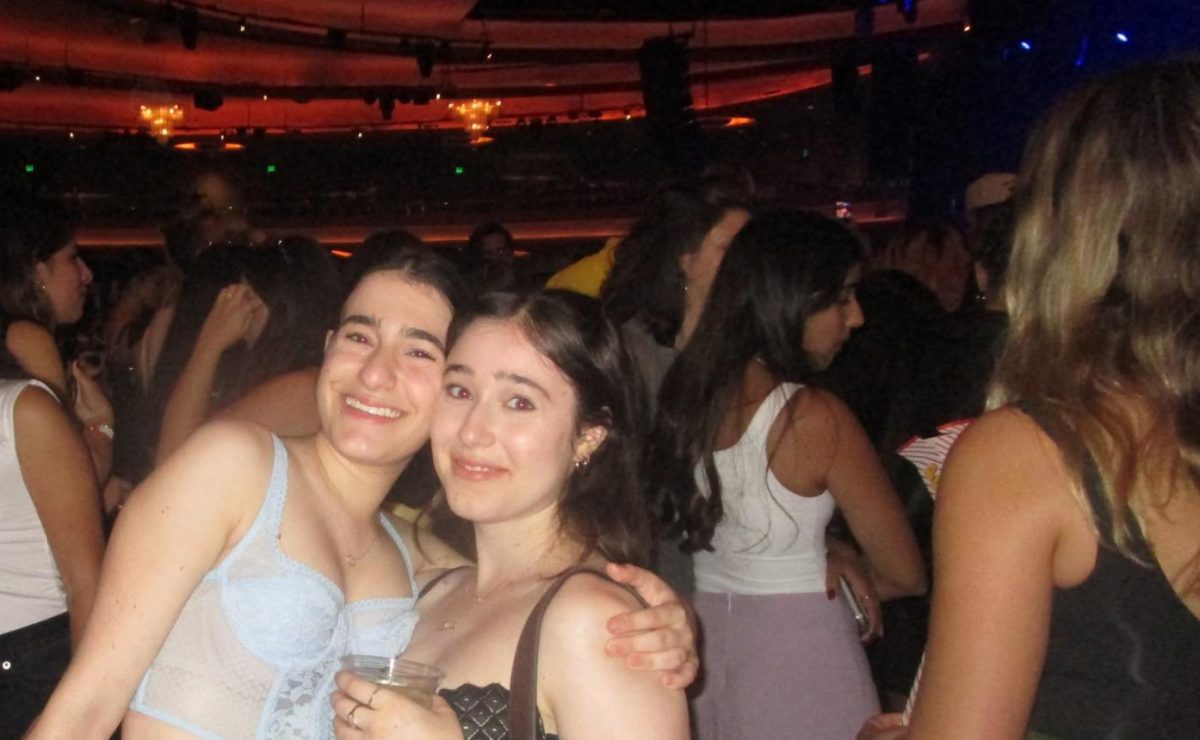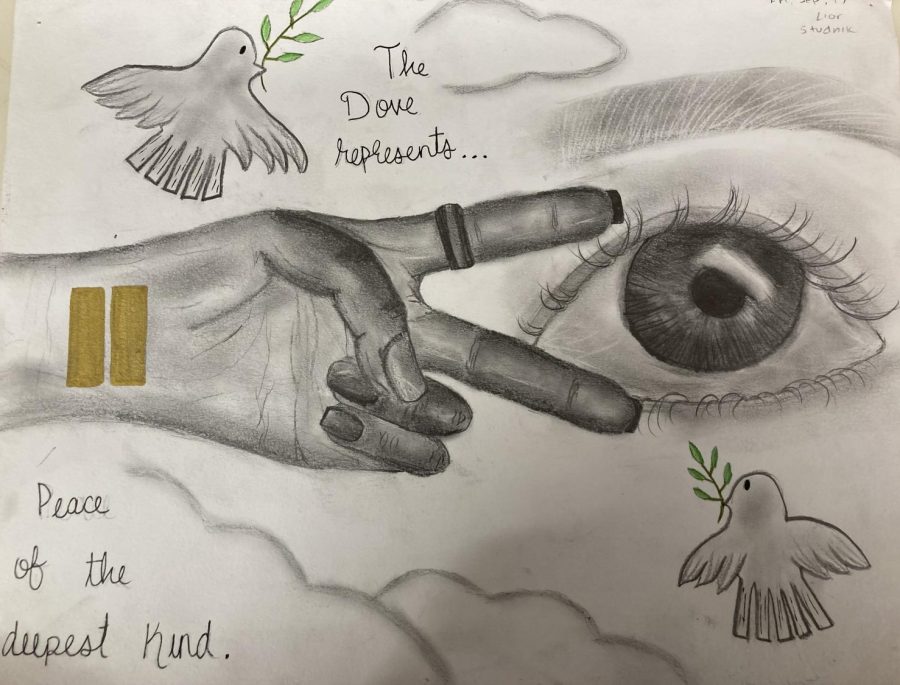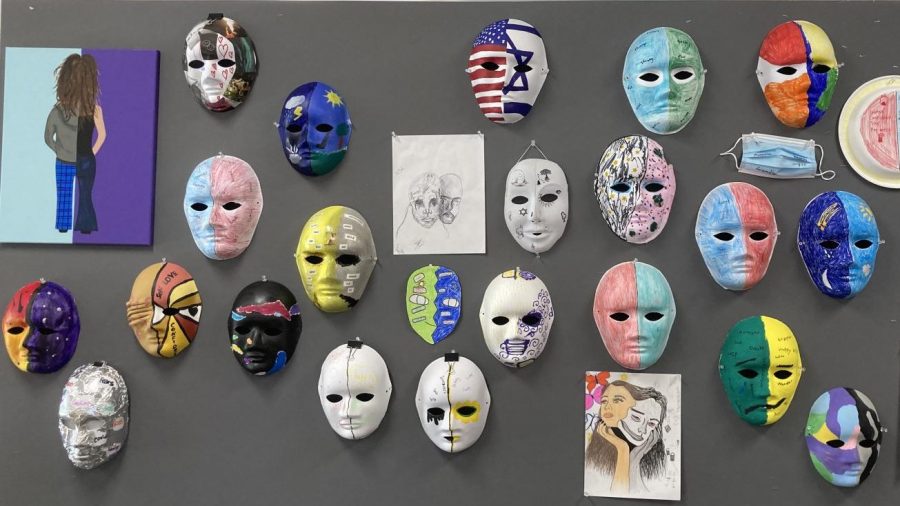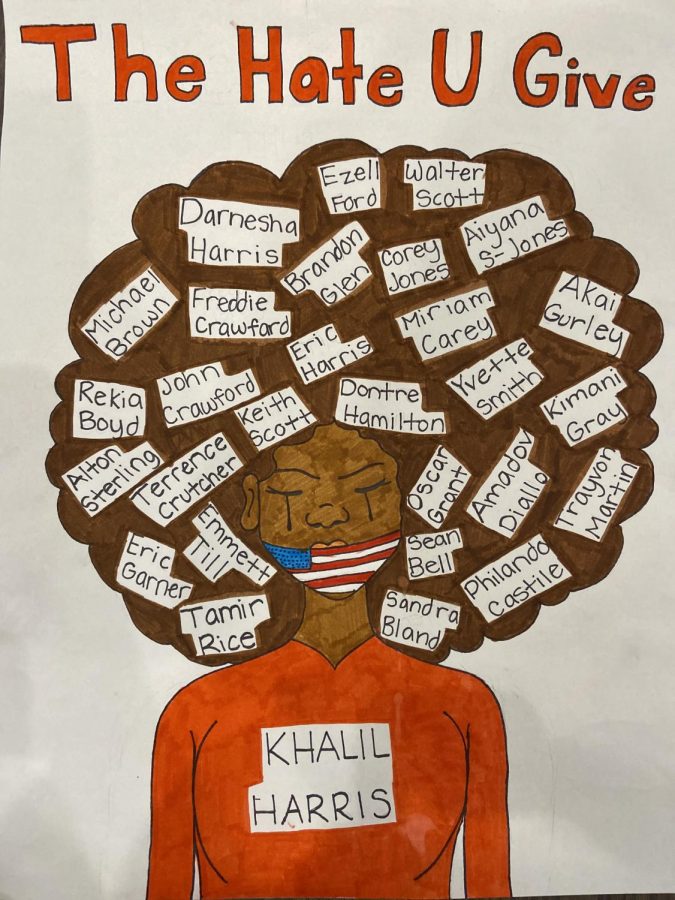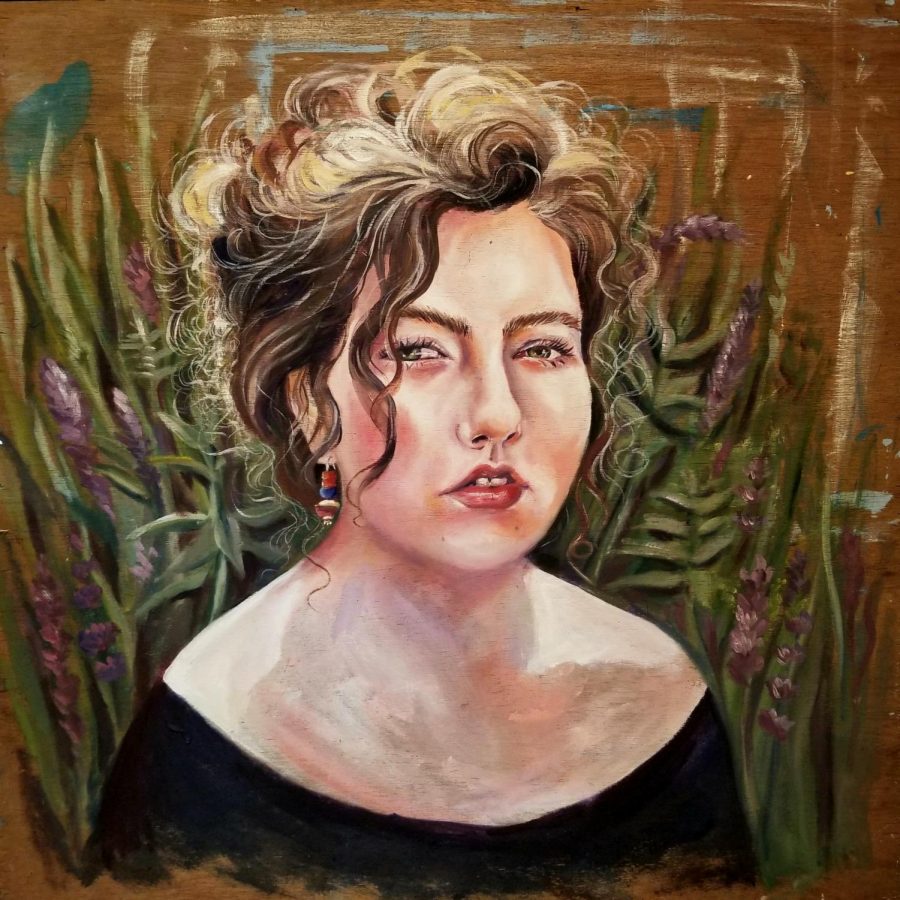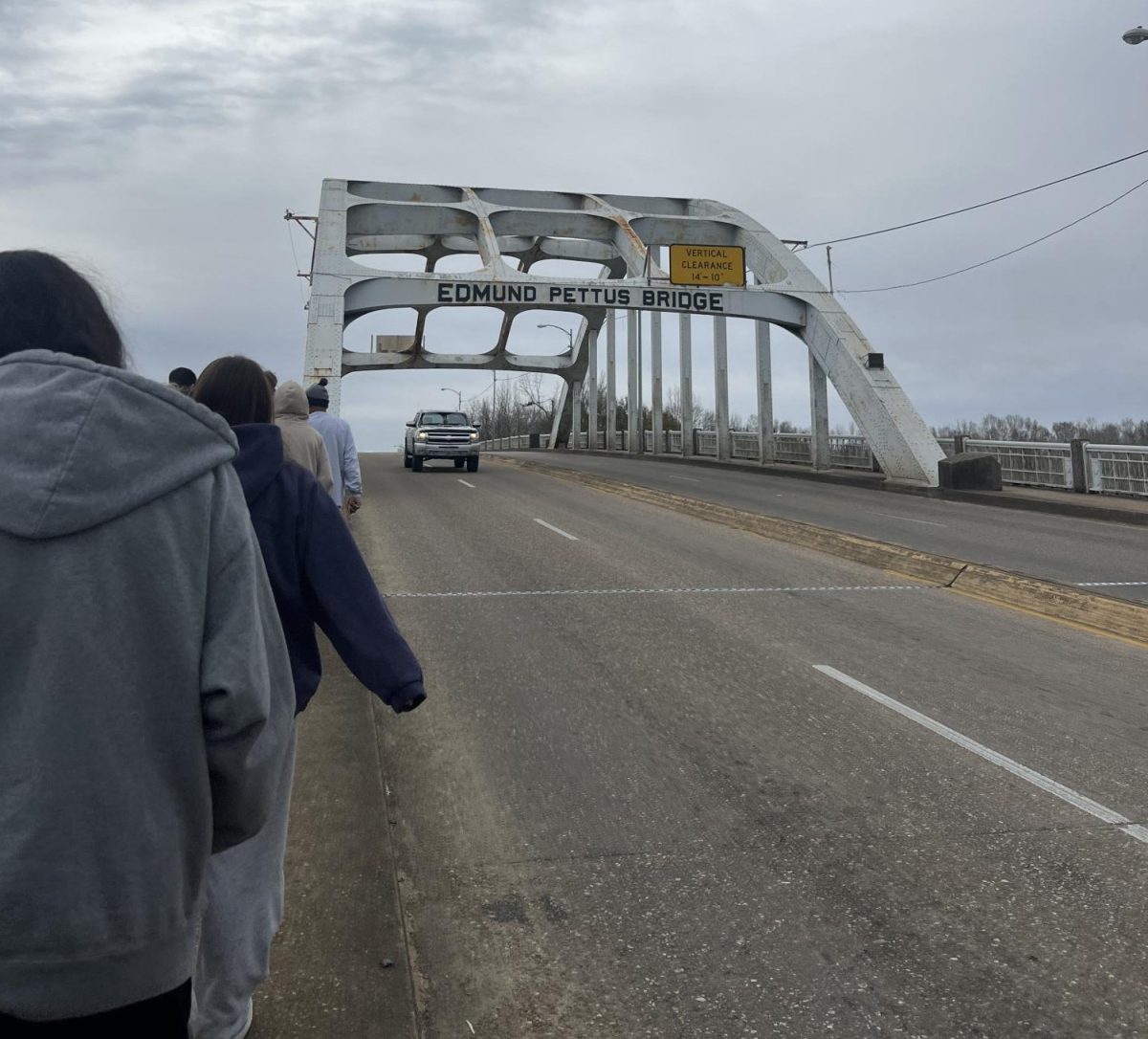The opinions expressed in this article are the author’s own and do not necessarily represent the views of The Prowler.
We have all done it. We sit in our cramped classrooms with the fluorescent lights flooding from above, sit in our stiff chairs with poor posture and read our textbooks about the civil rights movement. We read the struggles of African Americans through slavery up to the fight for the freedom of the mind, and yet, with the passion and courage within the men and women present between the lines, we never feel it. We can learn facts, dates, events and the heroes of the civil rights movement and try to understand their struggle, but we will not know it.
Just as one genuinely cannot understand the Holocaust until one breathes the air in Auschwitz, we truly cannot understand the civil rights movement until we have felt it.
We arrived in Memphis to learn about the sanitation strikes, hear from Elaine Lee Turner and visit the Lorraine Motel, where Dr. King was fatally shot. We began with the end. The end of the first phase of the civil rights movement in 1968. Even with the dreamer dead, the dream still lived.
Evidence of this is in the continued fight of the sanitation workers until the recognition of their union. We then go to Birmingham to see the fight engraved in steel and stone. Kelly Ingram Park is the sight where dozens of children were hosed down by the fire department and attacked by the police department. However, more importantly, it is a sight of courage. Courage of the Children fighting for their freedom of mind against police dogs.
We then moved to Montgomery to witness horrors—the horrors of slavery, the horrors of lynching. We ended with the beginning; we ended with the call to action. A call to action that is still alive today within our justice system, just as the EJI Legacy Museum showed us. Then, we went to Selma. We had heard the memories of Terry Chestnut. Now, we have walked in the footsteps of John Lewis and Reverend Hosea Williams and the dozens of others who suffered Bloody Sunday. Now, we have walked in the steps of and heard stories of courage.
The history we have learned on this trip has brought to life stories that used to have no pulse in the pages of our textbooks. The knowledge that we have absorbed is priceless. Nevertheless, this is not why we are here.
My friend Tyler reminded me of a quote from the German Lutheran pastor Martin Niemöller on this trip: “First they came for the socialists, and I did not speak out—because I was not a socialist. Then they came for the trade unionists, and I did not speak out—because I was not a trade unionist. Then they came for the Jews, and I did not speak out—because I was not a Jew. Then they came for me—and there was no one left to speak for me.”
We have been told on this trip that the ground we stand on is sacred, and it is. To honor this sacred ground, we learn the history, but that is not all. Do not taint this sacred ground by just learning the history, but rather, bless this sacred ground by learning courage. It took courage to start the civil rights movement, for the children at Kelly Ingram Park, for the marchers on Bloody Sunday and it will be needed to bring justice throughout this world.
Now we are back in Los Angeles, in our classrooms and in our textbooks. We will continue to learn about the civil rights movement and any other event where injustice was prevalent. One thing we will not learn in these textbooks, though and one thing that we shall bring back from the South is courage.


